
This logo isn't an ad or affiliate link. It's an organization that shares in our mission, and empowered the authors to share their insights in Byte form.
Rumie vets Bytes for compliance with our
Standards.
The organization is responsible for the completeness and reliability of the content.
Learn more
about how Rumie works with partners.
Have you ever dreamed of unlocking the secrets of an ancient language that has shaped history, poetry, and culture for centuries?
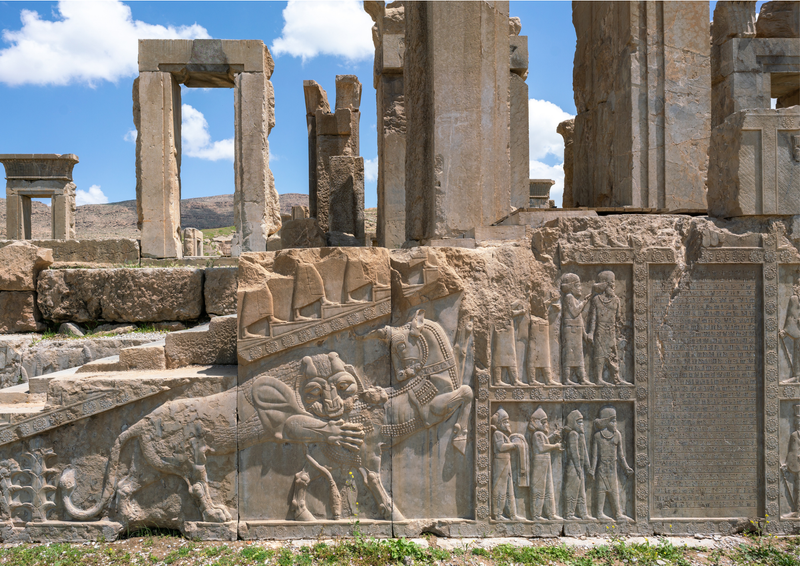
Learning Farsi, with over 110 million speakers, connects you to a rich and diverse culture that has profoundly influenced the world.
Farsi, one of the oldest languages spoken today, is so well-preserved that modern speakers can easily read and understand texts from 1700 years ago. This means that by learning Farsi, you can understand and read the mesmerizing poets of Rumi, Hafez, and Ferdowsi in their original, lyrical Farsi.
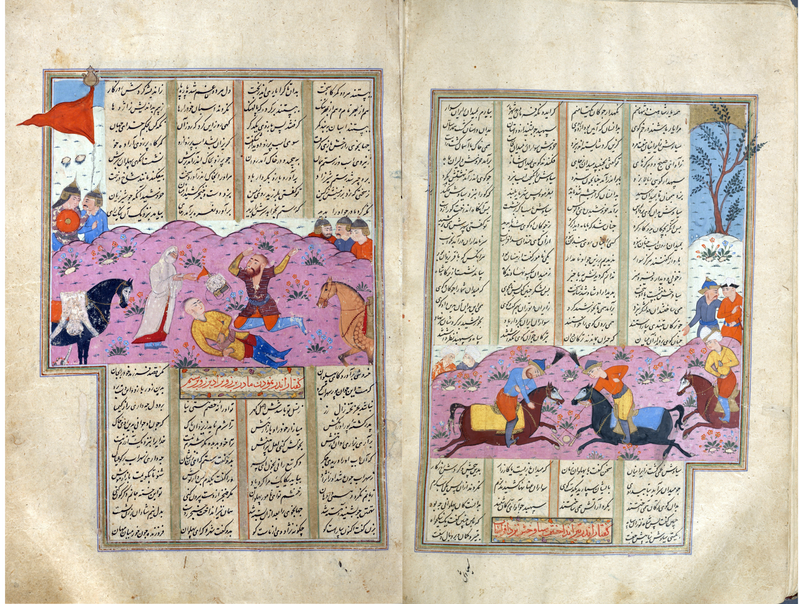
Discover how to learn Farsi! Let’s get started on this exciting adventure together.
How to Learn Farsi Part 1: Characteristics
Before we dive into learning Farsi, let's explore some fascinating features of this beautiful language!
Right to left writing: Farsi is written from right to left, which might be new for you.
Alphabet: Farsi uses a modified version of the Arabic alphabet, with 32 letters.
No gender in nouns: Unlike many languages, Farsi doesn't have gendered nouns.
Pronunciation: There are sounds in Farsi that might not exist in English, but they're fun to learn!
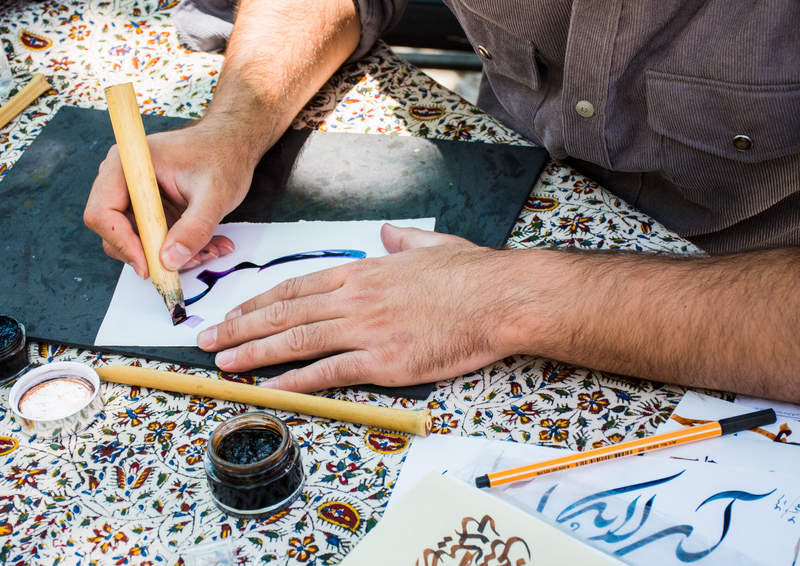
Did you know?
Farsi, an Indo-European language, is primarily spoken by Persian people in Iran. It also has distinct dialects known as Dari in Afghanistan and Tajik in Tajikistan. While these dialects share the same roots, they have unique differences in pronunciation, vocabulary, and grammar, reflecting the rich linguistic diversity of the Persian-speaking world.
How to Learn Farsi Part 2: The Alphabet
The Farsi alphabet might look different from what you're used to, but don't worry, it's all part of the fun. Farsi uses a modified version of the Arabic alphabet with 32 letters. While it might seem challenging at first, many letters have sounds similar to English.
Check out the video below where we’ll go through the Farsi alphabet, letter by letter, and learn how to pronounce each one correctly.
If you prefer, you can also refer to this text-based Farsi alphabet chart to familiarize yourself with the Farsi alphabet.
Quiz
Identify the Farsi letter from the given sound: "M"
The Farsi letter "م" represents the sound "M" in Persian.
Did you know?
Farsi and Persian are often used interchangeably, but technically, "Farsi" is the name for the Persian language used in Iran. The term "Persian" includes all dialects, including those in Afghanistan (Dari) and Tajikistan (Tajik), making Farsi a subset of the broader Persian language family. Additionally, "Persian" refers to the culture, history, and heritage of the Persian people.
How to Learn Farsi Part 3: Essential Words
Ready to greet someone in Farsi? Learn how to say "Hello" (Salam), "How are you?" (Chetori?), and introduce yourself with "My name is..." (Esm-e man ... ast).
Check out the video below to see and hear these words in action!
Let's add more to your vocabulary with everyday phrases like "Thanks" (Merci), "Yes" (Bale), and "No" (Na).
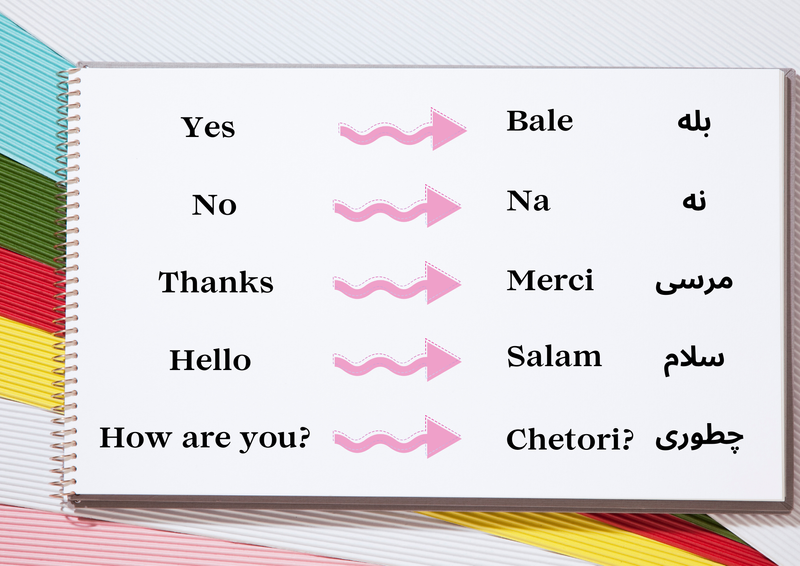
Quiz
Imagine you are preparing for a trip to Iran. Which of the following would help you get ready language-wise?
A. Learn basic words and phrases like "please," "thank you," "where is," and "how much?"
B. Buy a Farsi phrasebook and focus on common sentences for travelers.
C. Familiarize yourself with Farsi numbers to understand prices and addresses.
D. Memorize the names of famous Iranian poets in Farsi.
Quiz
Select the option(s) that would be the right way to learn Farsi language:
Beginning with essential words and phrases is a wise approach. Taking your time to absorb new information and consistently revisiting what you've learned will support you in establishing a solid groundwork. Remember, while memorizing the names of famous Iranian poets in Farsi can be enriching, it's not essential for basic travel communication. Keep focusing on these practical language skills to make the most of your trip.
How to Learn Farsi Part 4: Numbers
Counting in Farsi is useful and a great way to build your vocabulary.
You'll find it handy whether you're shopping, telling time, or impressing your friends! Ready to start counting? Check out the image below to see the numbers from 1 to 10 in Farsi and their English equivalents.
You can also refer to this text-based Farsi number chart.
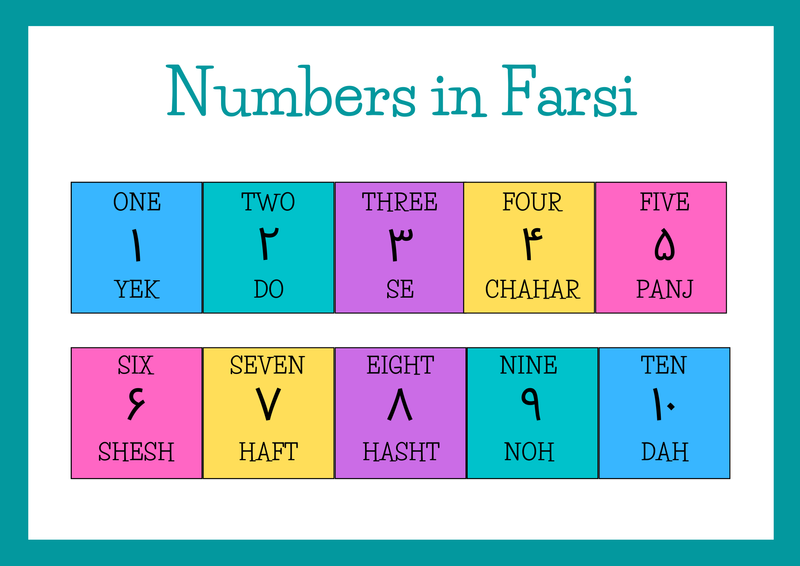
Did you know?
Did you know that Farsi and French share some similar words? This is because Persian culture has had various interactions with French culture over the years. Here are a few examples:
téléphone (French) - تلفن (Farsi) - phone (English)
restaurant (French) - رستوران (Farsi) - restaurant (English)
télévision (French) - تلویزیون (Farsi) - television (English)
machine (French) - ماشین (Farsi) - machine (English)
chauffeur (French) - شوفر (Farsi) - driver (English)
abat-jour (French) - آباژور (Farsi) - lampshade (English)
How to Learn Farsi Part 5: Persian Culture
Let's discover the richness of Persian culture through these key aspects:
 Photo by Sergey Semin on Unsplash
Photo by Sergey Semin on UnsplashPersian cat - گربه ایرانی
Famous for their long, luxurious fur and sweet temperaments, Persian cats are one of the world's oldest and most beloved cat breeds.
 Photo by Lida Sahafzadeh on Unsplash
Photo by Lida Sahafzadeh on UnsplashPersian carpet - فرش ایرانی
Known for their detailed designs and craftsmanship, Persian carpets are treasured as art pieces and symbols of Persian heritage.
 Photo by Fatane Rahimi on Unsplash
Photo by Fatane Rahimi on UnsplashNowruz - نوروز
Celebrated on the first day of spring, Nowruz is the Persian New Year, marked by family gatherings, special meals, and Haft-Seen displays.
 Photo by Mehrshad Rajabi on Unsplash
Photo by Mehrshad Rajabi on UnsplashTea - چای
Essential to daily life, tea (chai) is enjoyed throughout the day in Iran, accompanied by pastries and sweets, and served as a gesture of hospitality.
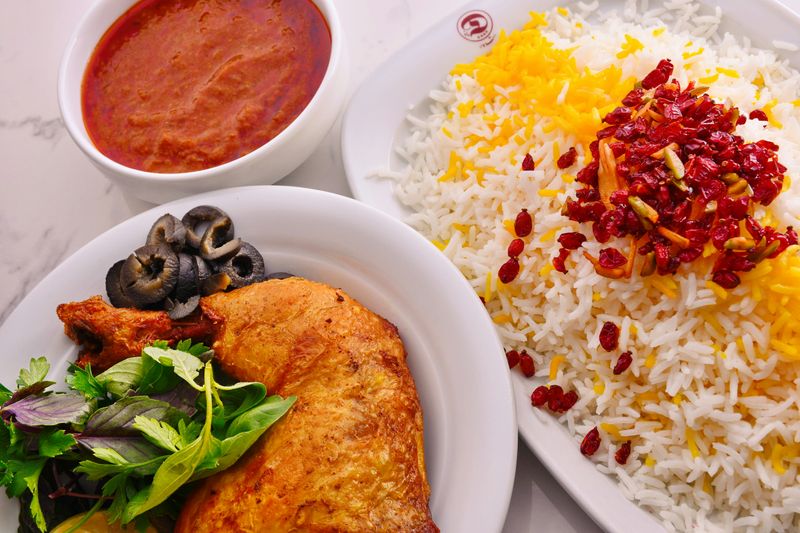 Photo by Dad hotel on Unsplash
Photo by Dad hotel on UnsplashPersian food - غذای ایرانی
Delights with various flavorful dishes such as kebabs, stews (khoresht), and fragrant rice dishes (polo), reflecting Iran's diverse culinary traditions.
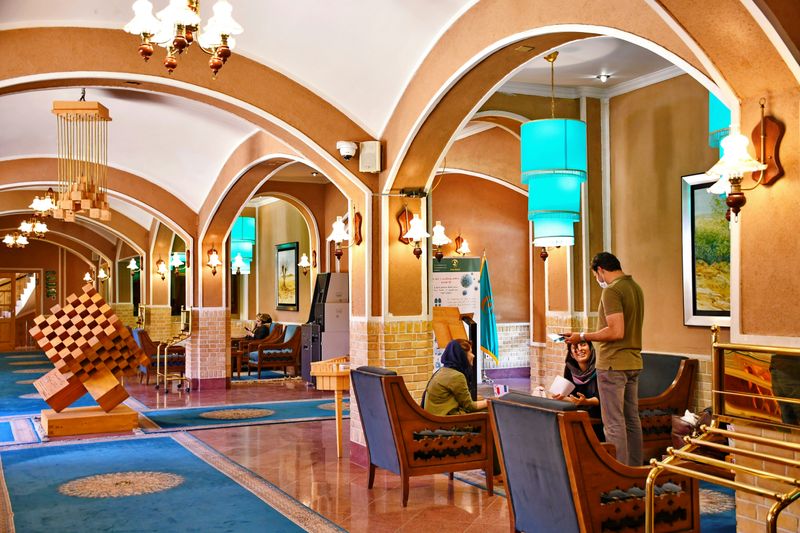 Photo by Dad hotel on Unsplash
Photo by Dad hotel on UnsplashHospitality - مهمان نوازی
Iranians are renowned for their warm hospitality, welcoming guests with genuine kindness and often sharing delicious food.
Take Action
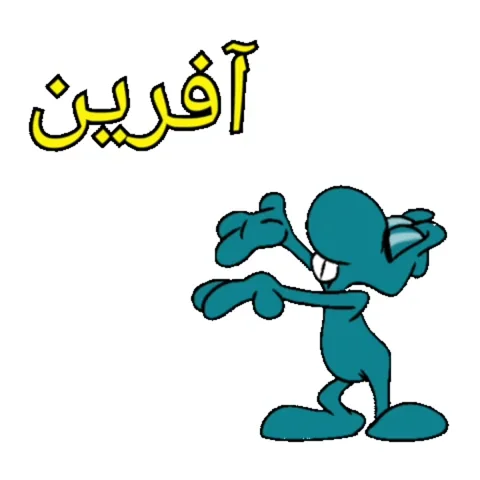
Great job, or as they say in Farsi, "Afarin!" آفرین!
You've taken the first steps into a rich and beautiful language, and there's so much more to explore. To continue your journey and become more fluent in Farsi, here's a handy checklist of next steps:
This Byte has been authored by
Samar Akrami
Instructional Designer
MSc Tourism Management